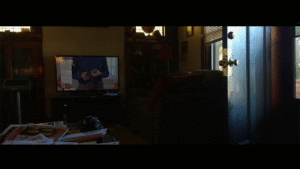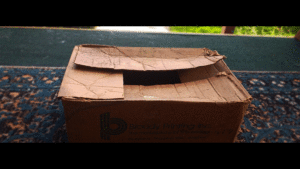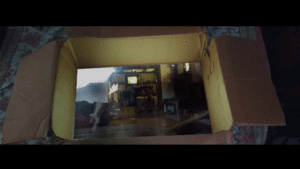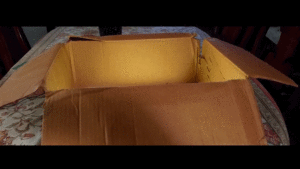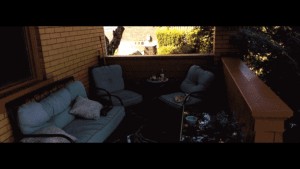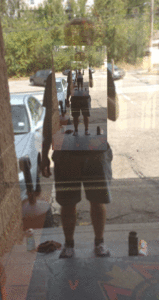For this review, I am going to compare the two websites: Six Penn Kitchen and No. 9 Park. The two websites are very different in their own ways. Six Penn Kitchen is a local restaurant in the Pittsburgh area, it is a single page website (http://sixpennkitchen.com/index.aspx). The website is simple, it is more of a visual site. There is no navigation to the website. The website is very balanced, the colors they chose makes the content pop out to the user. Also, the light grey lines are settle enough that it separates the content but also makes it look like it all goes together. The colors ties in together with the images, they chose to put on the website, which makes it aesthetically pleasing. The layout is very simple and there is no complexity to it. One thing that seems out of place is the logo, it is confusing because they have their name at the center of the page and their logo on the far left corner, both could be the site id. No.9 Park (http://www.no9park.com) is a restaurant located in Boston, they have a navigation bar. Their navigation is very clear, they have a down arrow to direct you to go down to reveal more content. It also tells the user how to use the site. They have only one site id that makes it clear to the user that they are on No.9 Park, unlike Six Penn. Their navigation bar is clear and it is visible, so if there is something that I wanted to look at, I could easily locate it. They also have a bar on the far right that indicates where I am at on the site. The website is broken down with large landscape images and short paragraphs of text for each image. Their layout is consistent and every style is carried throughout the website. No.9 Park emphasizes their main content by making the text pop with white text over the images and solid dark colors.
Six Penn Kitchen does a really good job implementing Krug’s five important “things” by putting very little text on the home page, to showcase their dishes and have the customers want to seek more if they are interested in trying out the restaurant. In the book, Krug also stated that putting more into a to make the page shorter helps with people being able to see the content so that they do not have to scroll anywhere. Six Penn does a really good job implementing this on their homepage. No.9 Park, on the other hand, makes you scroll up and down to see the content. Which makes it hard for the user to skim through the website. It makes the user slow down, and that is not how you really use a website. This makes the website harder to navigate around because you can only scroll. However, both of the websites have a clear hierarchy. You can tell what’s the most important content on the website and what is secondary. Even though Six Penn Kitchen does not have much on their site, they omitted any needless words to help the users skim through the site without thinking too much about it.
In my opinion, I thin No.9 Park draws more attention to me than Six Penn Kitchen because it has more content to explore. When you land on No.9 Park, you land on the home page with an arrow that tells you to scroll down so you can read more about their “Chef Barbara Lynch’s Flagship Restaurant in Boston’s Beacon Hill.” They also have a very clear navigation menu, so if you want to know about something then you just press on it. It is also easy to navigate from one page to the other. In addition, it is very easy for me to locate the home page because you just click on the site id and (poof!) it takes you back to the homepage. They also have more clickable links that Six Penn Kitchen.

